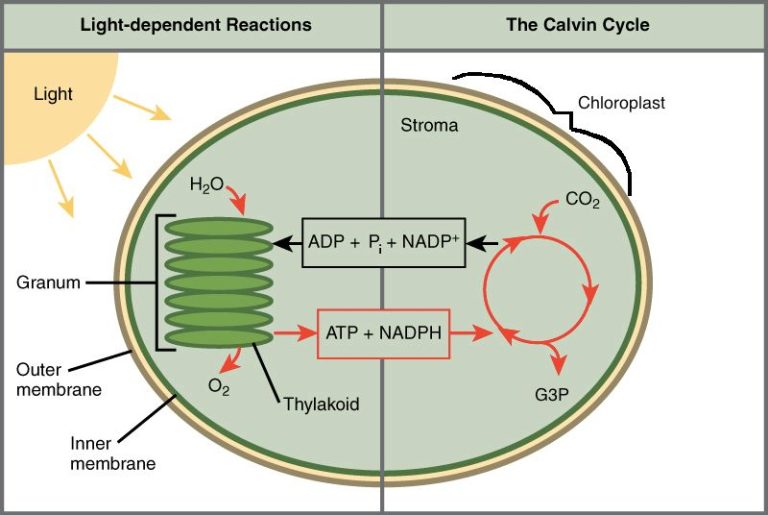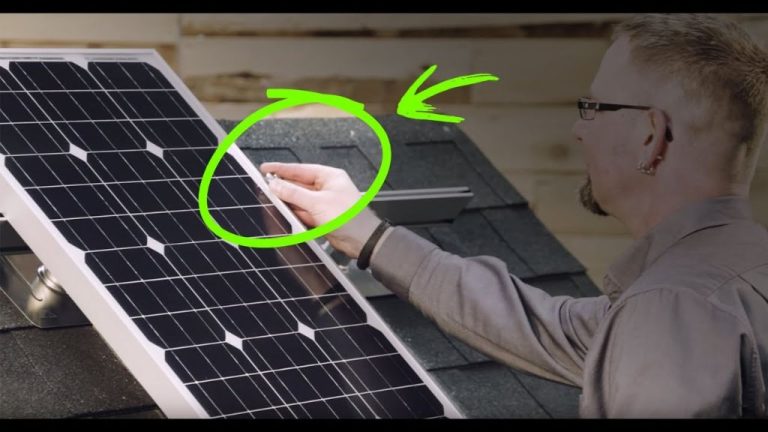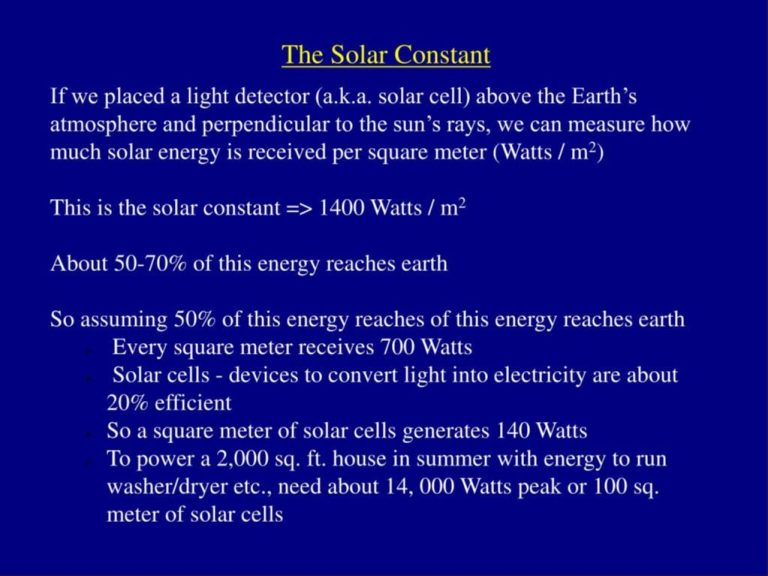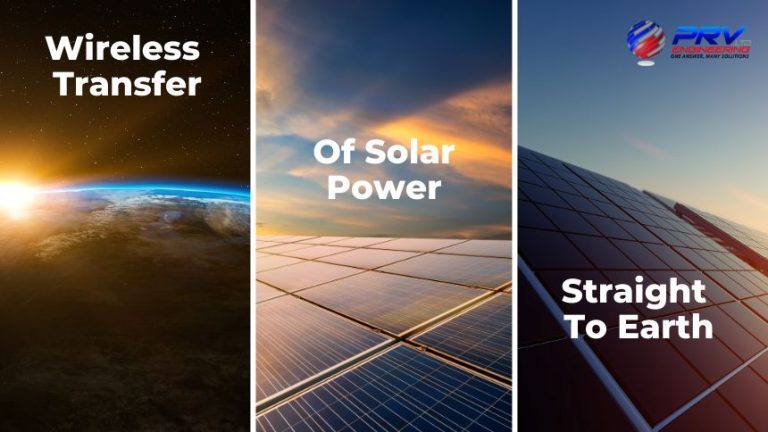Where Do Solar Panels Get Produced?
Solar panels, also known as photovoltaic (PV) panels, have become an increasingly popular technology for generating renewable energy around the world. Solar panels convert sunlight directly into electricity through the photovoltaic effect. They require no fuel and operate entirely on clean solar energy, which makes them a sustainable and environmentally-friendly energy source.
In the past decade, advances in solar panel technology and manufacturing have led to dramatic reductions in cost. This has enabled more widespread adoption of solar power for homes, businesses, utilities, and organizations globally. As both solar panel efficiency continues to improve and prices decline, solar is projected to become one of the main renewable electricity sources of the future.
China
China is the largest producer of solar panels in the world today. Chinese manufacturers account for over 70% of the world’s solar panel production. This is due to China’s massive investments in solar panel manufacturing facilities over the past decade. The Chinese government has heavily subsidized the domestic solar industry through low-interest loans, tax breaks, and incentives for solar installations. This has allowed Chinese solar companies to aggressively expand production capacity and achieve economies of scale that make them the low-cost leaders globally.
The solar manufacturing hub in China is centered around eastern provinces like Jiangsu, Zhejiang and Anhui where abundant skilled labor and efficient supply chains have developed. Major Chinese solar panel companies including JinkoSolar, JA Solar and Trina Solar have massive factories in this region churning out tens of gigawatts of solar panels each year. The oversupply from China has led to plunging solar panel prices worldwide making them more affordable.
With its commanding position in solar panel production and favorable government policies, China is likely to dominate the industry for the foreseeable future. Chinese companies continue to innovate by improving solar cell efficiencies and developing new technologies to maintain cost leadership. The future looks bright for China’s maturing solar manufacturing sector.
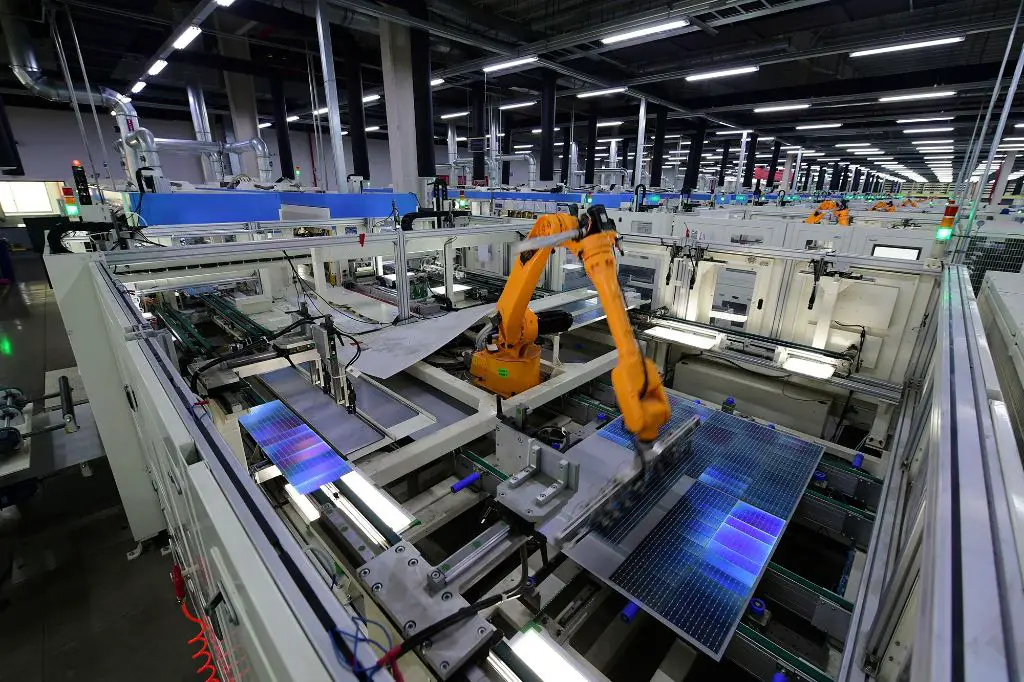
Asia
China dominates global solar panel production and currently produces around 70% of the world’s supply. However, other major Asian countries are also significant producers of solar panels:
India – India has set ambitious solar energy targets and emerged as a leading solar panel producer globally. Major Indian solar panel manufacturers include Tata Power Solar, Adani Solar, and Vikram Solar. Favorable government policies like subsidies and initiatives have boosted India’s domestic solar panel production.
Malaysia – Malaysia produces solar panels through companies like SunPower, Panasonic, and Longi. The Malaysian government has promoted investments in solar energy, helping the solar industry expand. Factors like low labor costs and access to raw materials support Malaysia’s solar manufacturing sector.
Philippines – The Philippines has a small but growing solar industry centered around companies like Sunpower Philippines Manufacturing. The country possesses advantages like English proficiency and low costs that attract foreign solar manufacturers. Domestic demand for solar is also rising in the Philippines.
United States
The United States has become a major producer of solar panels over the past decade. Favorable state policies, particularly in sunny states like California, have encouraged substantial growth in US-based solar panel manufacturing facilities.
California is currently home to some of the largest solar panel production plants in the Americas. Major manufacturers including Tesla, First Solar, and SunPower have significant operations in the state, supported by renewable energy investments and incentives. Other solar manufacturing hubs have emerged in states like Oregon, Minnesota, and Arizona.
Domestic solar panel production has also benefited from tariffs on imported panels from China intended to protect American solar companies and jobs. While still reliant on some foreign imports, the US now has the capability to produce a sizable share of the solar panels it installs and consumes domestically.
With abundant land and sun as well as technological expertise, the outlook for continued growth in the US solar manufacturing sector remains strong. America is likely to remain one of the world’s leading producers of solar panels in the years ahead.
Europe
Europe has emerged as a major region for solar panel production and deployment. Countries like Germany, Spain and Italy lead the continent in manufacturing photovoltaics.
Germany is the clear leader in Europe when it comes to solar panel production. The country is home to innovative companies like SolarWorld, which has large factories producing high-efficiency solar modules. Germany also has a strong domestic solar market, driven by renewable energy policies like the renewable energy act. This has helped create economies of scale for German solar manufacturers.
Spain experienced a solar boom in the late 2000s, installation large amounts of PV capacity. While market conditions have changed, Spain is still home to solar firms like Isofoton that export products worldwide. The country’s sunny climate and energy goals continue to drive demand for solar.
Italy has a historic solar industry centered around companies headquartered in Northern Italy. The country has installed large amounts of rooftop and ground-mounted solar over the years. Firms like Enel Green Power and TerniEnergia are leading Italian solar manufacturers.
Canada
Canada has a small but growing solar panel manufacturing sector centered mainly in the province of Ontario. Some of the major solar panel manufacturers in Canada include Canadian Solar, Silfab Solar, Heliene, and ATS Automation. Though Canada’s solar manufacturing capacity is still quite modest compared to solar powerhouses like China and the United States, the country is making efforts to expand. The Canadian government has implemented programs and incentives aimed at supporting domestic solar panel production and making Canada more competitive in the global solar supply chain. Key federal initiatives that benefit solar manufacturers include the Canadian Renewable Energy Program and Sustainable Development Technology Canada’s SD Tech Fund. Additionally, some provincial governments like Ontario provide special rates and incentives for locally manufactured solar panels. While facing competition from established Asian manufacturers, Canada’s solar industry is hopeful that continued policy support and downstream solar demand will facilitate growth in domestic panel production.
Mexico
Mexico is an emerging solar panel producer, taking advantage of its close proximity to the large US market. Located just south of the American border, Mexico has easy access to sell and transport solar panels to meet rising demand in the United States. This geographic advantage gives Mexico a leg up compared to more distant solar producers in Asia.
Solar manufacturing operations have sprouted up across Mexico in recent years. Major companies like Hanwha Q CELLS and JinkoSolar have opened factories to produce solar modules, cells, and other components. There is also a growing number of Mexico-based solar companies joining the industry as well.
The solar boom in Mexico is being fueled in part by inexpensive labor and land costs compared to the United States. Mexico’s free trade agreements, like the USMCA, also make cross-border solar business more attractive. As solar expands rapidly across the American Southwest, Mexico’s position as a close, low-cost manufacturing hub should continue driving growth.
Brazil
Brazil has become an emerging hub for solar panel production in recent years. The country benefits from a tropical climate and abundant solar resources, with average solar irradiance levels over 5 kWh/m2 per day across most of the country. This makes Brazil well-suited for generating solar power.
Domestic demand for solar technology has risen sharply, driven by high electricity prices and government incentives. To meet this demand, Brazil has invested in developing its solar manufacturing capabilities. The country now has gigawatt-scale module assembly plants and a growing number of solar cell producers.
Major solar manufacturers in Brazil include Canadian Solar, which has a module factory in Sorocaba, and Brasil Solar, which produces modules and has a cell fab under development. Some domestic suppliers have partnered with Chinese solar companies to produce locally. While production is still fairly modest compared to the major Asian producers, Brazil’s solar manufacturing sector is rapidly expanding to serve both domestic and export markets.
Rest of World
Outside of the major solar panel manufacturing hubs in China, Asia, North America, and Europe, there are some other countries that contribute meaningfully to global production. Australia has developed a strong solar industry, producing panels primarily for domestic installation. Major companies like Risen Energy and JinkoSolar have factories in Australia. The country benefits from high solar resources and supportive government policies that drive installation growth.
South Africa has become a modest manufacturing center, again mostly serving domestic needs as solar power adoption increases across the country. Companies are attracted by competitive labor costs and the large local market. Countries across the Middle East, especially the Gulf states like Saudi Arabia, UAE, and Qatar, are boosting solar production to meet their own energy demand and diversify oil-dependent economies. With ample land and sunlight, the region is poised to grow its share of global manufacturing going forward.
Future Trends
The global solar power market is projected to grow substantially in the coming years. This growth will lead to an increased demand for solar panels and a need to expand production capabilities around the world.
Many analysts predict that developing countries will see the largest growth in solar panel production. Countries such as India, Brazil, and parts of Africa are expected to ramp up manufacturing as they build out solar farms and rooftop solar systems to meet rising electricity demands and expand energy access.
China is likely to remain the dominant producer of solar panels globally. However, its market share may decline as other low-cost manufacturing hubs emerge. The United States and Europe will continue innovating on solar technologies while possibly outsourcing a significant amount of production.
Overall, the solar industry is optimistic that more countries will embrace solar power in the future. This will require major investments in panel production and supply chains worldwide to meet the projected demand. The growth of solar power presents an economic opportunity for many nations to develop domestic manufacturing capabilities and benefit from the expanding green economy.

